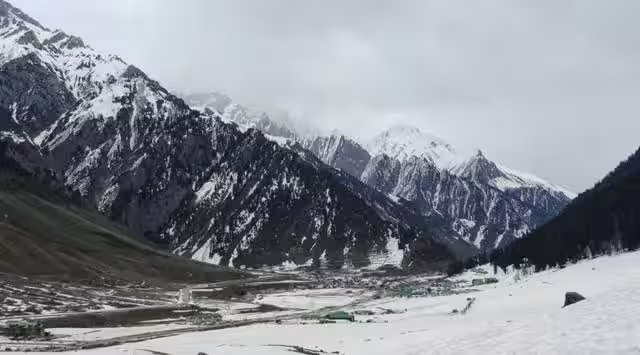Free Courses Sale ends Soon, Get It Now


Free Courses Sale ends Soon, Get It Now



Disclaimer: Copyright infringement not intended.
Context
A new study conducted by scientists from the Wadia Institute of Himalayan Geology regarding the Parkachik Glacier in Ladakh.
Details
Study Details and Methodology

Parkachik Glacier and Its Importance
Alarming Ablation and Accumulation
Formation of Proglacial Lakes and Its Implications
Impact of Glacial Retreat
|
PRACTICE QUESTION Q) How can proactive climate action play a pivotal role in mitigating the risks associated with glacial retreat in the Himalayas and safeguarding water security for millions of people dependent on glacier-fed rivers in Asia? (250 words) |
© 2024 iasgyan. All right reserved